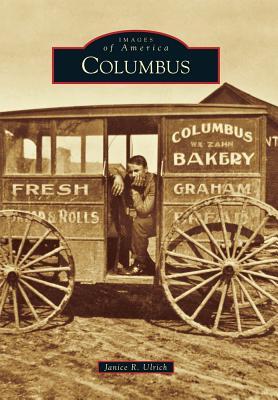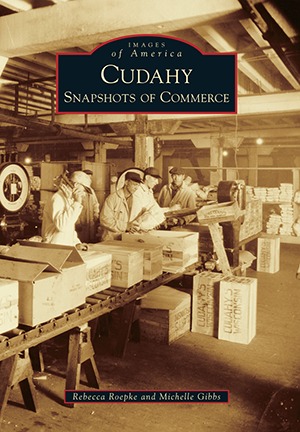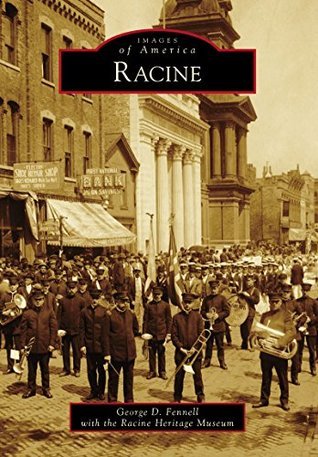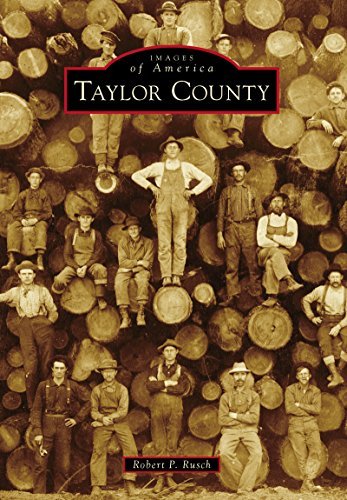


Books in series

Appleton
2015

Beaver Dam
1841-1941
2003

Beloit's Club Pop House
2008

Brewing in Milwaukee
2014

Burlington
2005

Camps of Geneva Lake
2016

Cana Island Lighthouse
2006

The Canepa School of Dance
2006

Cedarburg
2011

Chippewa Falls
2001

Chippewa Falls
Main Street
2005

City of West Bend
2015

Columbus
2016

Cudahy
Generations of Pride
2002

Cudahy
Snapshots of Commerce
2016

Delavan
2004

Door Peninsula Shipwrecks
2006

Eagle River
2013

Early Whitewater Industry
2008

Eau Claire County
2005

Edgerton
2014

Elkhorn
2004

Ephraim
2008

Fort McCoy
2008

Franklin
2009

Geneva Lake
2014

Girl Scouts Camp Alice Chester
2014

Green Bay's West Side
The Fort Howard Neighborhood
2003

Green County
2010

Horicon and Horicon Marsh
2008

Juneau and Sauk Counties
1850-2000
2002

Kaukauna
2013

Kewaunee County
2000

La Crosse
1999

Lake Lawn
2009

Latinos in Waukesha
2007

Lead-Mining Towns of Southwest Wisconsin
2008

Manitowoc
2014

Maritime Manitowoc
1847-1947
2006

McDougall's Great Lakes Whalebacks
2007

Menasha
2012

Menomonie
2007

Merrill
2013

Mineral Point
2000

Neenah
2014

New Glarus
2014

Oak Creek
1998

Platteville
2004

Plymouth
2006

Poy Sippi and Eastern Waushara County
2005

Prairie du Chien
2011

Racine
2014

Racine
Drum and Bugle Corps Capital of the World
2008

Reedsburg
2013

Sauk Prairie
2015

Sheboygan
2012

Sheboygan County
Pioneers of Commerce
2002

Sheboygan Falls
2005

Shorewood
2000

Sturgeon Bay
2006

The Swiss Colony
2006

The Swiss of New Glarus
2007

Taylor County
2014

Three Lakes
2014

Two Rivers
2012

Walworth County
1998

Walworth County Fair
2005

Washington County's Aluminum Industry
2009

Waunakee and Westport
2012

Waupun
2014

Wauwatosa
2004

West Allis
2003

Whitefish Bay
2010

Whitewater
2006

Wisconsin Veterans Home at King
2004
Authors

Matthew J. Prigge is an author and historian from Milwaukee. He is the author of five books, including the forthcoming Opening Day in Milwaukee: The Brewers’ Season-Starters, 1970-2022. He led tours of Milwaukee’s rivers and harbors for nearly ten years as the resident narrator aboard the Vista King tour boat and was the host of WMSE’s ‘What Made Milwaukee Famous’ radio program. He is currently a public librarian and is an avid collector of baseball cards. His topics of focus include baseball, true crime, and Milwaukee history. Matthew lives in St. Francis, Wisconsin with his spouse, Erika, and their four occasionally-troublesome pet rats.


